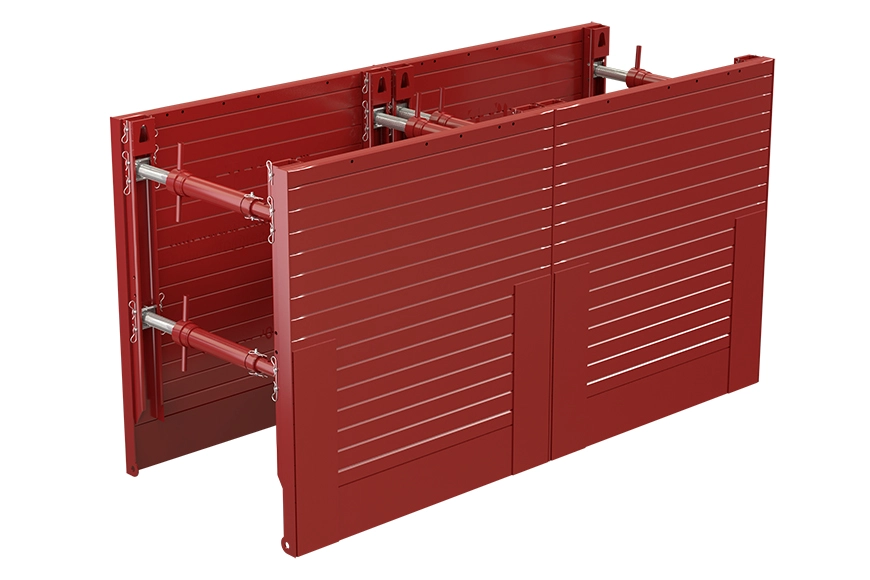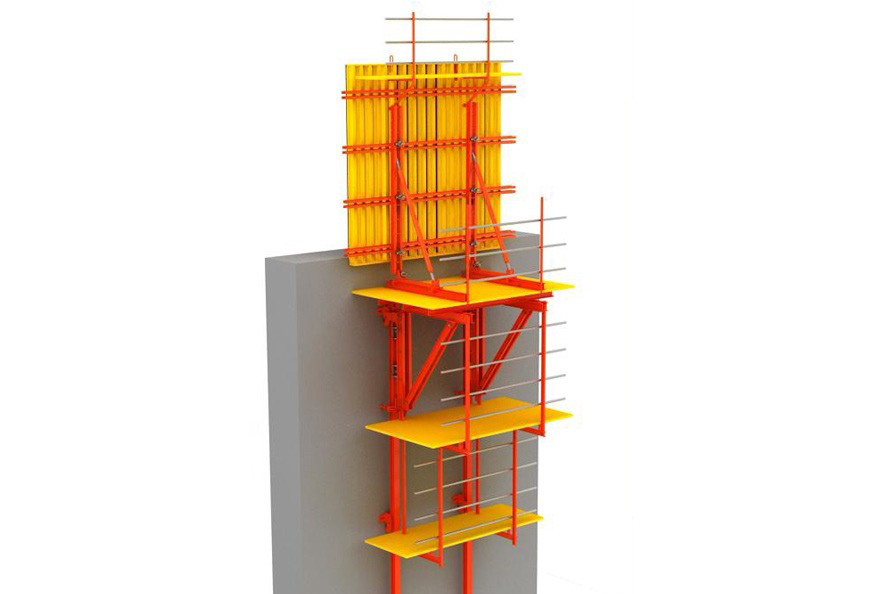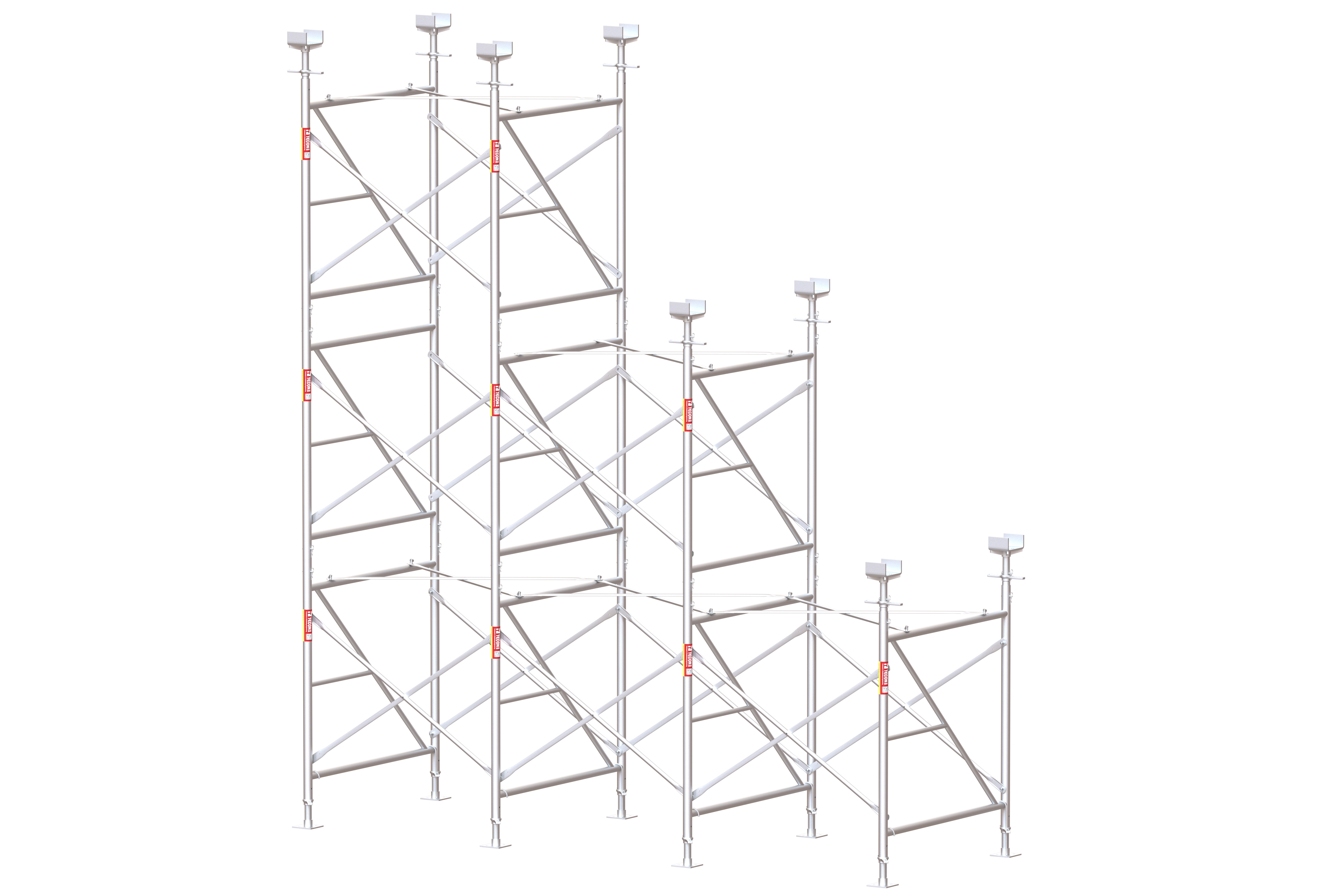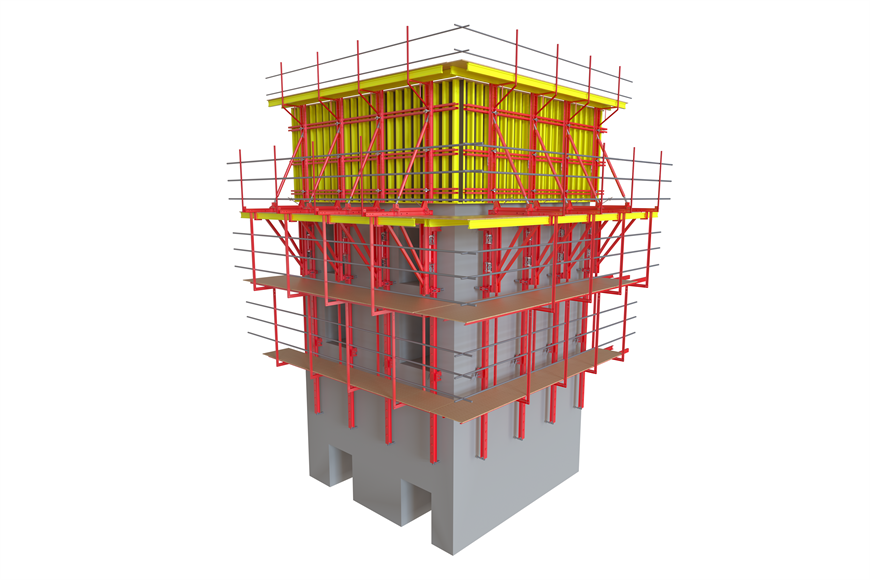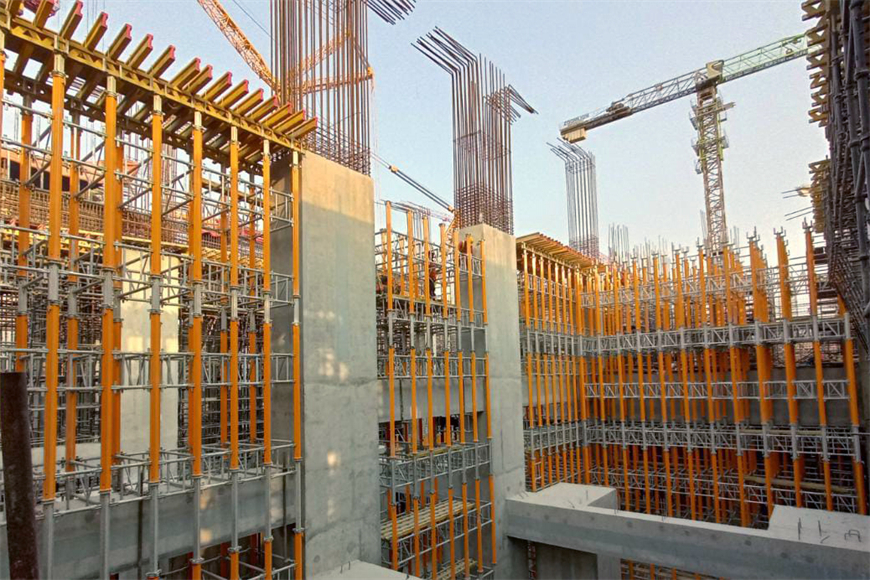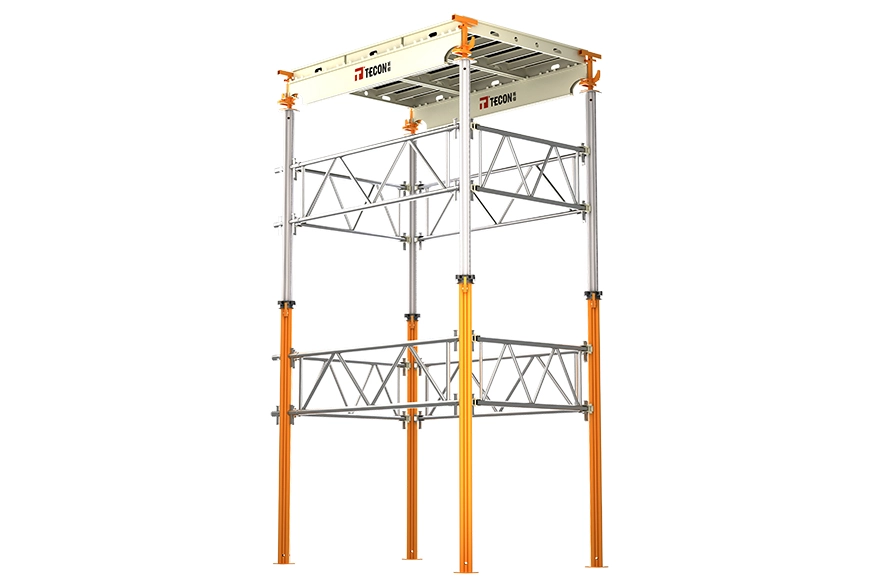When building a bridge, steel formwork is used, which needs to be removed after the bridge structure is complete so that the finished bridge can be used. So, what are the techniques for removing the steel formwork? Let's take a look together.
The steel formwork, supports, and arches should be removed according to the construction design specifications and procedures, and it is strictly forbidden to use mechanical traction or push-down methods for removal.
Before removing the steel formwork from the bridge, the construction site should be cleared and the work area delineated. During removal, there should be a dedicated person on duty, and non-operational personnel should not be allowed to enter. When removing the formwork, supports, and arches, ensure that the remaining parts are stable. If necessary, temporary reinforcement and support measures should be taken for the unremoved parts, and confirmation of safety should be obtained before removing them.
The side formwork of prestressed concrete structures should be removed before prestressing, and the bottom formwork of bridge steel formwork should be removed after the establishment of structural prestressing. When removing formwork, supports, and arches in water deeper than 1.2m, experienced water workers should be dispatched, and anti-drowning measures should be taken. After removing the construction formwork, supports, and arches, dismantle the construction formwork accessories promptly and store them in the designated area or remove them accordingly. Formwork with nails should be removed promptly.
Removal work should proceed from top to bottom, with no cross-operation between upper and lower levels. After falling, remove the bottom formwork first, and then remove the arches or supports. When working, remove the side formwork first, and then unload the arches or supports. The falling operation should not affect the stability of the arches or supports. When removal work is temporarily suspended, movable parts should be supported or fixed, and after confirmation of their secure placement, the workers can leave the site. During the removal process, railway management regulations must be followed, and it is strictly forbidden to remove work when trains are passing by.
Non-load-bearing side templates should only be removed when the concrete strength can ensure that their surface and corners will not be damaged by formwork removal. Generally, the side formwork should be removed when the concrete compressive strength reaches 2.5 MPa. Load-bearing templates, supports, and arches for reinforced concrete structures should be removed when the concrete strength can withstand their self-weight and other possible loadings. When the span of the components is not greater than 4 meters, the formwork can be removed after the concrete strength meets 50% of the design strength standard. When the span of the components is greater than 4m, the formwork can be removed after the concrete strength meets 75% of the design strength standard.
The arch removal time for stone arch bridges should meet the following requirements: for masonry stone arch bridges, the mortar must reach the design requirements, or if the design has no requirements, the mortar strength must reach 70% of the strength requirement.
The template for piers and abutments should be removed before the upper part structure is constructed. During the removal of the steel formwork from the bridge, unload the supports and arches, without using violent hitting and twisting methods.
With our professional R&D team and experienced technical team members from our formwork company, we will provide you with help on-site when necessary. Our solutions always have cost-effectiveness, and you can rest assured that we are always there to support you, from the first contact to the completion of the construction. Welcome to inquire.
